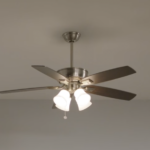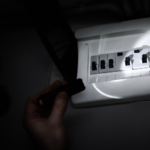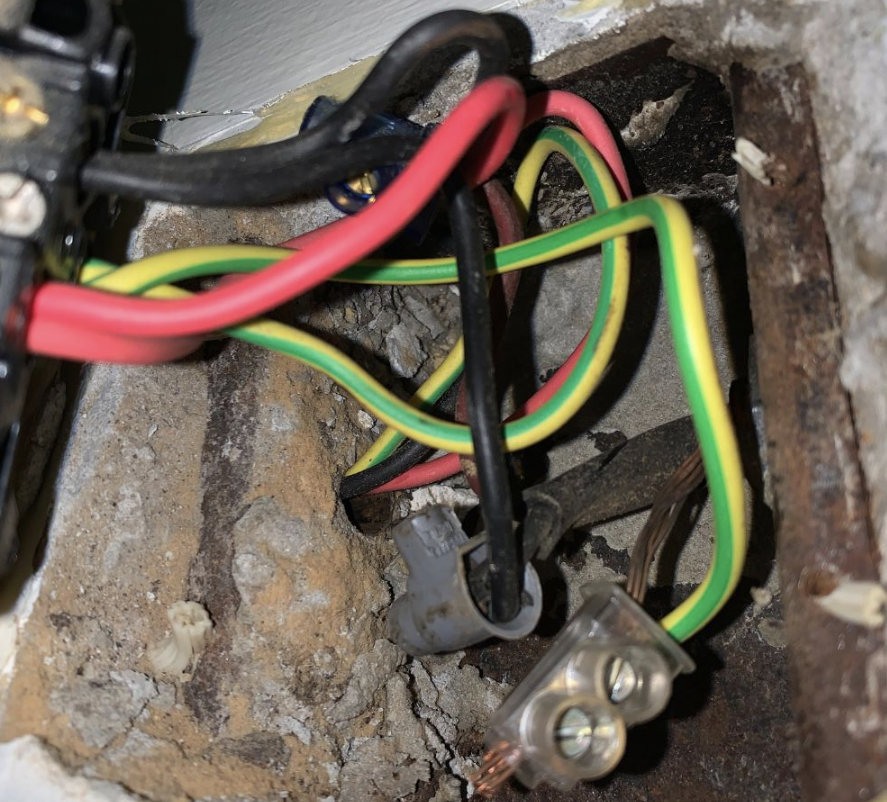
Do you need to know what colour is what for your wiring in Australia? We have the easy to follow guide to help get it right the first time.
Wire colour codes are essential for electricians and individuals working with electrical wiring. These codes provide clarity and understanding of the type of wire within cables, making the process more efficient and safe. Professional electricians often deal with live wires and powered cables, so having distinct wire colours is crucial for quick identification.
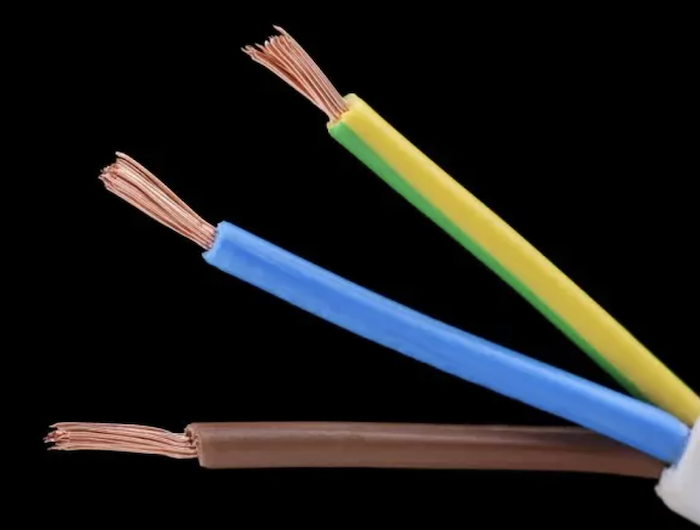
Whether it’s AC or DC wires, or single phase or three-phase systems, adhering to electrical wiring colour codes is paramount for ensuring safety in electrical installations.
What are the Wire Colour Codes?
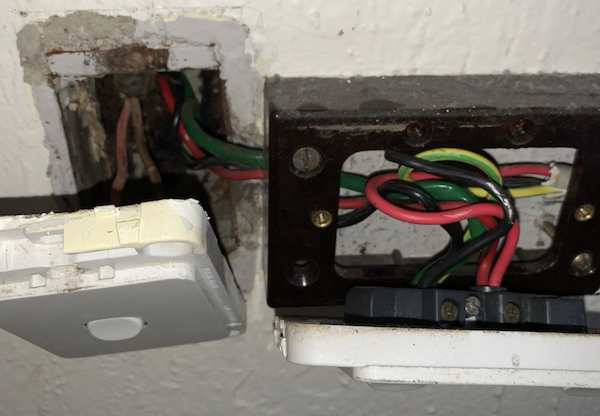
In Australia, electricians adhere to specific wire colour codes
- Blue Wire – neutral wire replacing the old black wire
- Brown Wire – live wire replacing the old red wire
- Green or Yellow Wire – earth wire that contains green or yellow stripes
What Are Electrical Wires and Cables Made Out Of?

The main materials used in electrical wires and cables are:
- Copper – main material used being a good conductor of electricity and inexpensive
- Aluminium – also a common material but is not as conductive as copper
- Gold – non-conductor used to prevent oxidation or corrosion and applied in bonding and to plate connectors
- Silver – high-conductor with low resistance for metal-to-metal connections and helps reduce heat
- Tungsten – used when wires need more resistance and not melt
Are Wire Colours Different in different countries?
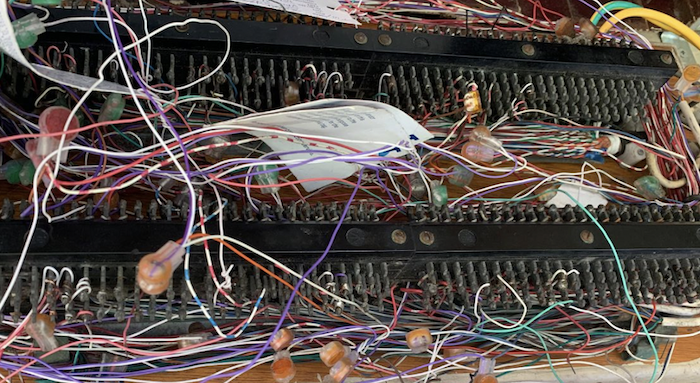
Electrical wiring colour codes vary from country to country, and even within a single country, they can change over time.
In Australia, for example, the live wire is typically brown, the neutral wire is blue, and the earth wire is green and yellow.
However, it’s important to note that these colours may not be consistent across all electrical systems due to historical changes in wiring standards.
Therefore, it is crucial for individuals working with electrical wires to have an understanding of the specific colour codes that were applicable during different time periods in order to ensure safety and accuracy when dealing with older systems.
Below is a guide on the different wire colours for the different times:
| Type | Pre 1977 | Pre 2004 | Present |
| Earth | Green | Green and Yellow | Green and Yellow |
| Neutral | Black | Black | Blue |
| Live | Red | Red | Brown |
Electrical Wiring Colours
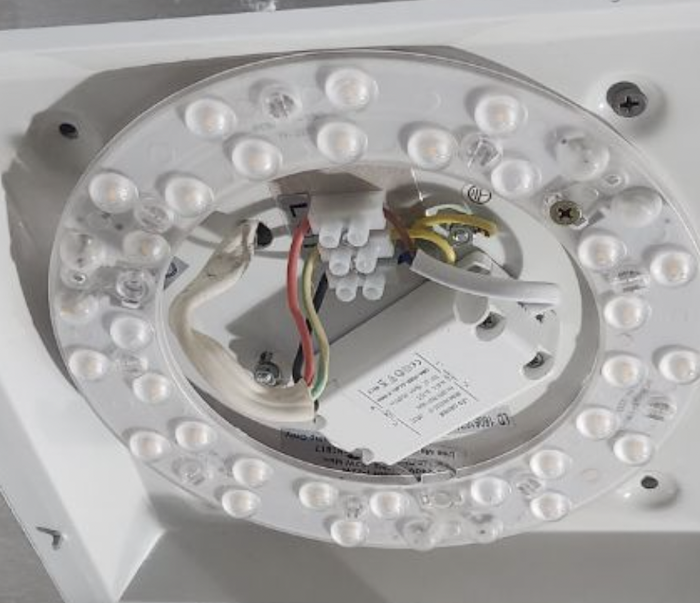
Electrical wiring is a vital component of any electrical system, responsible for conducting electricity safely and efficiently.
There are various types of electrical wiring, each with its own purpose and specifications based on factors such as usage, power requirements, and location.
One commonly used material for electrical wiring is copper due to its excellent conductivity properties. Additionally, the wires are insulated to protect them from damage and ensure safety during operation. To differentiate between different types of cables and wires, colour coding is employed. Colour coating plays an important role in identifying the purpose or function of a specific wire.
Each colour represents a specific use or application within an electrical system. By understanding these colour codes, it becomes easier to identify and work with different types of wires effectively.
RED
Red electrical wires indicate a live wire and represent the positive side of a circuit. These wires are commonly used for high voltage applications, typically up to 220 volts.
Additionally, red wires serve as interconnect wires, allowing connection between multiple hardwired smoke detectors or other devices. Their distinctive colour helps ensure proper identification and safe handling within electrical systems.
GREEN
Green basically indicates the grounding of an electric cable. The green coloured cable should only be connected to another green wire and not to any other colour cable. The green wires normally connect to the terminal on the ground through an outlet box.
The cable then runs from the outlet box to the bus bar located within an electric board under the ground.
The chief purpose of a green wire is to offer a passage to the ground for a circuit’s electric current in the event that a live wire in the connection system has come into contact with either metal or any other conductive item.
YELLOW
Yellow electric wires are primarily used for transmitting power. However, they are not typically used for wiring outlets, especially those for common plug-in electrical devices.
Instead, yellow cables are commonly employed as switch legs, connecting switches to fans, architectural lighting fixtures, and outlets that require a switch to control their operation.
A switch leg refers to the connection that starts from the switch and extends to the electrical device it controls.
BLACK
Black is the colour used for cables supplying power in all circuits. An electric wire that is black does NOT represent a hot wire. The black wire is nearly always used as a neutral or grounding wire.
For any assistance with electrical wiring contact At Your Maintenance. Did we leave something off the list? Comment below and we can add it to the article!



